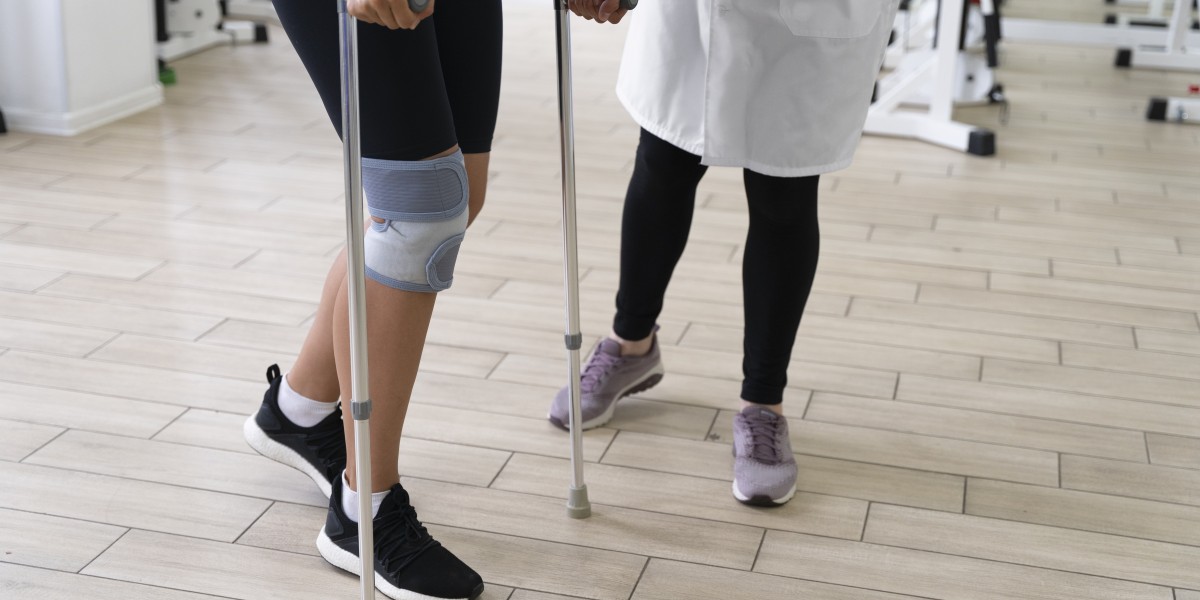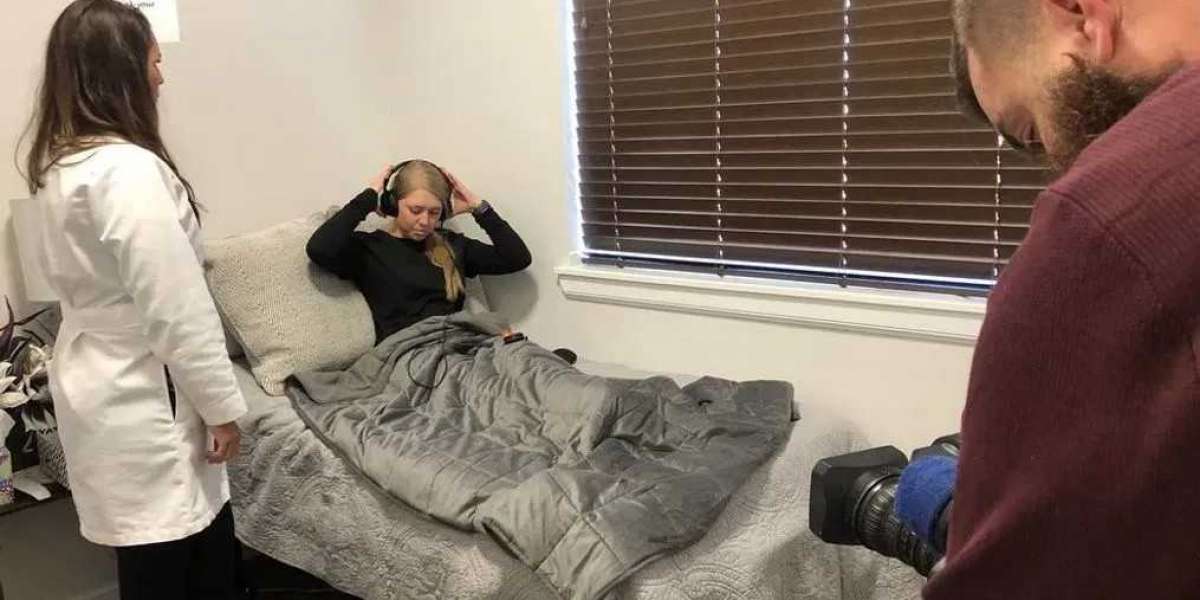When a bone breaks, surgery is often not the first course of treatment. In many cases, an orthopedic surgeon in Chennai can effectively treat fractures using non-surgical methods. These treatments are designed to promote healing, reduce pain, and restore the patient’s mobility, all without the need for invasive procedures. Whether you’re dealing with a simple fracture or something more complex, understanding how orthopedic surgeons approach fracture treatment can help you make informed decisions about your care.
1. The Importance of Proper Diagnosis
Before any treatment plan is developed, the orthopedic surgeon in Chennai will first conduct a thorough evaluation. This includes:
- A detailed physical examination.
- X-rays or other imaging techniques to understand the extent of the fracture.
- Assessing the alignment and positioning of the bone.
Only after this assessment can the surgeon recommend the best non-surgical approach. Proper diagnosis ensures that the chosen treatment method is both effective and tailored to the patient’s specific needs.
2. Casting or Splinting for Bone Immobilization
One of the most common non-surgical treatments for fractures is casting. By immobilizing the bone, a cast allows the fracture to heal naturally over time. This process is vital because:
- It prevents movement, which could disrupt the healing process.
- It provides support and stability to the fractured bone.
- It helps reduce pain by keeping the bone in its correct position.
In some cases, a splint may be used instead of a cast, especially when swelling is expected to decrease. A splint is a more flexible option, allowing for adjustments as the swelling goes down.
3. Traction to Align Fractured Bones
For fractures where the bones are misaligned, traction is often used. This technique gently pulls the bones back into their proper position, helping to realign them. It is commonly used for:
- Long bone fractures, like those in the femur or tibia.
- Fractures that have caused the bones to shift significantly.
Traction helps ensure that the bones heal in the correct alignment, which is essential for the joint’s future functionality. It’s often done in a hospital setting under close monitoring by an orthopedic surgeon in Chennai.
4. Using Functional Bracing for Support
In some cases, especially with fractures that involve the extremities (arms, legs), a functional brace may be used. This option allows for more movement than a cast or splint while still providing necessary support. The brace:
- Allows some flexibility for light movement while the bone heals.
- Provides stabilization, helping to avoid further injury.
- Can be customized for the specific needs of the patient.
Functional braces are especially helpful for athletes or active individuals who need to maintain some mobility while recovering.
5. Pain Management Techniques
Managing pain is a critical part of treating fractures without surgery. An orthopedic surgeon in Chennai will often recommend various pain management strategies, including:
- Non-steroidal anti-inflammatory drugs (NSAIDs) to reduce pain and inflammation.
- Ice packs to decrease swelling and numb the affected area.
- Elevation techniques to prevent swelling.
These methods help improve the patient’s comfort during the healing process and enable them to stay more active as they recover.
6. Physical Therapy for Rehabilitation
After the fracture begins to heal, physical therapy becomes a key part of the treatment plan. The goal of physical therapy is to restore strength, flexibility, and function to the injured area. An orthopedic surgeon may recommend:
- Stretching and strengthening exercises to improve range of motion.
- Gradual weight-bearing activities to regain mobility.
- Techniques to reduce stiffness and improve coordination.
Physical therapy is often essential for ensuring a full recovery, particularly when dealing with fractures of weight-bearing bones such as the hip, knee, or ankle.
7. Monitoring the Healing Process
Throughout the healing process, regular follow-up appointments with the orthopedic surgeon are crucial. These visits allow the surgeon to:
- Monitor the progress of healing through periodic X-rays.
- Make adjustments to the treatment plan if necessary, such as switching from a cast to a splint.
- Address any complications or concerns that may arise during the recovery process.
Patients will also be given guidance on how to protect the injured area and avoid activities that could hinder the healing process.
8. When Surgery Might Be Necessary
In some cases, despite the best non-surgical efforts, surgery might become necessary. This is often the case if:
- The bones fail to heal properly after a long period.
- There is significant damage to surrounding tissues such as ligaments or muscles.
- The fracture is severely displaced and cannot be aligned through non-surgical means.
However, orthopedic surgeons always prefer non-surgical options first and will only recommend surgery if it becomes absolutely necessary for the patient’s health and recovery.
9. Benefits of Non-Surgical Fracture Treatment
Choosing non-surgical treatment for a fracture offers several advantages:
- Reduced risk of infection: Since no incisions are made, the risk of infection is significantly lower compared to surgery.
- Faster recovery time: Many patients experience a quicker recovery due to less invasive treatment.
- Lower cost: Non-surgical treatments generally have a lower overall cost compared to surgery.
For many patients, non-surgical treatment is not only effective but also less stressful and easier to manage.
10. The Importance of Early Intervention
One of the keys to successful fracture treatment is early intervention. The sooner a orthopedic surgeon in Chennai can assess the injury, the better the chances for a successful recovery. Delaying treatment can result in complications such as:
- Poor healing or misalignment of the bone.
- Increased pain and swelling.
- Potential long-term issues with mobility and function.
Therefore, it’s always important to seek medical attention immediately after a fracture.
Conclusion
In many cases, an orthopedic surgeon in Chennai can treat fractures effectively without the need for surgery. Whether through casting, bracing, traction, or physical therapy, these non-surgical methods promote healing and restore function in a safe and effective way. It’s essential to work closely with your orthopedic surgeon to ensure the best treatment plan is followed, ensuring the best outcome for your injury.
If you're seeking expert care for fractures in Chennai, Soundarapandian Bone and Joint Hospital is here to provide the highest level of orthopedic care and non-surgical fracture treatments. With advanced techniques and a patient-centered approach, you can trust us to guide you through every step of your recovery.



